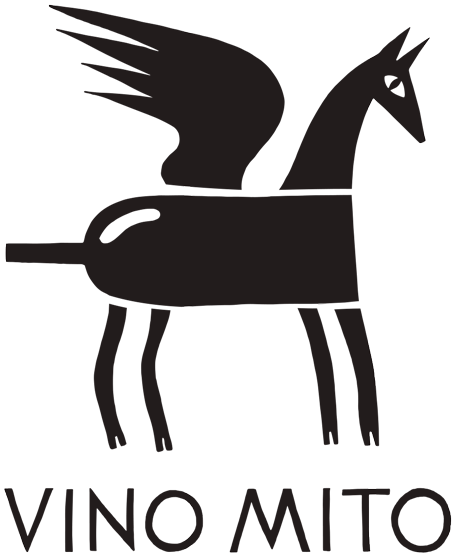Terre di Confine
Castelnuovo Magra (SP) - TUSCANY/LIGURIA
Terre di Confine was established in 2020, near Massa Carrara in the Colli Apuani region, between Tuscany and Liguria. The project was founded by Giulia Marangon, a young, talented winegrower and winemaker. Assisted by her partner Rachele, Giulia manages two plots of one hectare in total.
Terre di Confine is a great example of what might be called ‘heroic viticulture’. The vines are between 40 and 80 years old and are situated on extremely steep terrain. While altitude and proximity to the sea exert a favourable influence, the location means that everything must be done by hand. Despite the short distance between the plots, the soil varies considerably, ranging from calcareous-clayey areas to clayey-siliceous schists, with the presence of flysch as well.
Terre di Confine means ‘borderlands’ in Italian. The name was a deliberate choice. The project is a collaboration between a Ligurian and a Tuscan. The plots sit on the border between the two regions, and between mountain and Mediterranean microclimates. The wines too are a fine balance of intersecting grape varieties: Vermentino, Albarola, Moscato Giallo, Trebbiano Rosa, Malvasia for the whites; and Vermentino Nero, Syrah, Sangiovese, Bonamico, Barbarossa for the reds.
Terre di Confine’s aim is land recovery – finding abandoned land, regenerating it and protecting its biodiversity and identity. Its vineyards are tended in a sustainable way, to preserve natural resources, to avoid soil erosion and to improve soil composition. No synthetic chemicals are used. In Terre di Confine’s philosophy, wine is a mere expression of the place where it’s from. This means no or very little intervention in the winemaking process: think spontaneous fermentation, no oenological additions, no fining and no filtration.
So far Terre di Confine has produced two wines: a white and a red, both field blends. In this old method, different varieties are hand harvested at the same time and co-fermented. The result are well-balanced wines that still express the unique characteristics of each of the varieties that went into making them.


